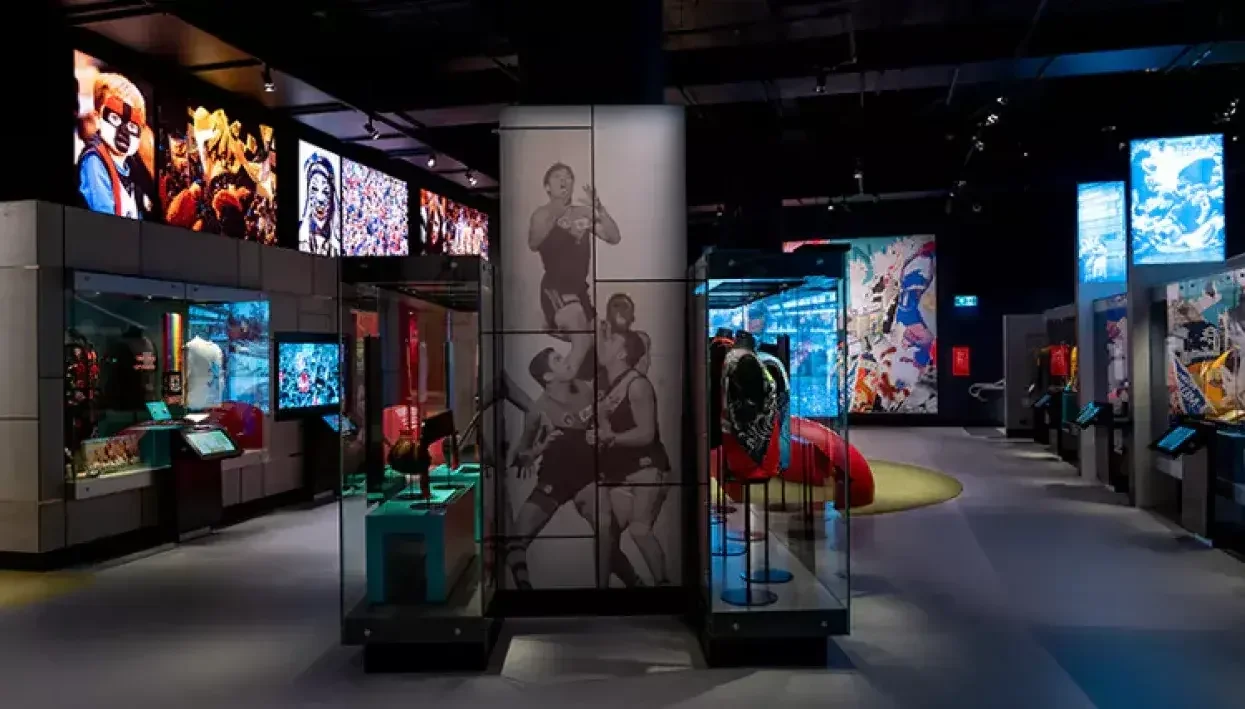Digital Printing
Interior Printing
Signage
Sustainability
Ahead of the game: award-winning sports museum printeriors
Author
FESPA Staff
Published Date
24/07/2023
Become a FESPA Member
to Continue Reading
